Altai info | Why Altai | Attractions|Panoramas
The Altai mountains are situated in Russia, Mongolia, Kazakhstan and a small part
We offer you tours to Russian Altai, which is located in 2 regions: the Altai Republic and Altai
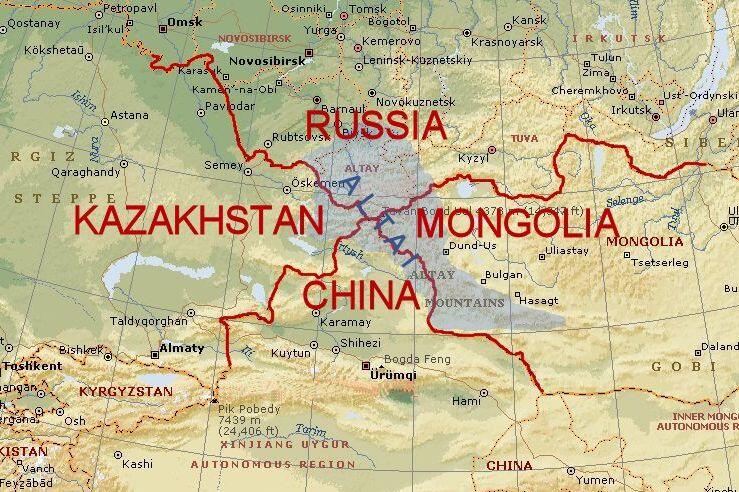
The Altai Republic
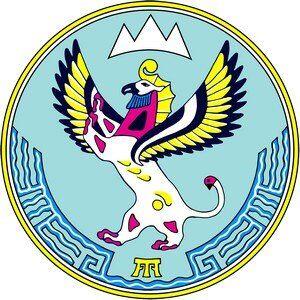
The Altai Republic is a federal subject of the Russian Federation. The capital is the town called Gorno-Altaysk. The area of the republic is 92,600 square kilometers. But the population is only 206,168 people.
Altai mountains and glaciers
All the territory of the Republic is located within the mountainous system. The mountains’ altitude varies from 350 to 4500 meters. The real beauty of the region is the Mount Belukha, the highest peak of Siberia (4506 m). It is actually 1000 m higher than the surrounding mountain ridges.
There are 3 big ridges which are 3000 – 4000 m high. Their peaks are covered with snow and ice all year long. At present there are 1499 glaciers with a total area of 910 square km which consists of 39 cubic km of frozen water. The largest glaciers stretch for several kilometers.
The Altai Mountains are relatively young. So periodic seismic activity is notable here.

Rivers and lakes
Altai Mountains form the world watershed between the internal Central Asian watershed and the Arctic Ocean watershed. The whole region is rich in water resources. There are about 20,000 rivers with the total length of 60.000 km and about 7,000 lakes.
The largest rivers are the Katun and the Biya. The Ob River, one of the greatest and longest rivers in Siberia, is formed by the confluence of the Katun and Biya.
One of the most beautiful lakes is Teletskoye Lake. It is the largest in the Altai Republic, 80 km long and 5 km wide with a maximum depth of 325 meters. The mountain lakes of the territory keep enormous reserves of the purest fresh water.

Plants and animals
The flora of the Altai region comprises of more than 2000 species with a great number of relict and endemic plants. The richness of the endemic species exists due to the variety of landscape which have formed isolated areals.
Several distinct vegetation zones can be discerned in the Siberian Altai: 800-1500 meters – a belt of mountainous steppes, 1200-2400 meters – mountainous taiga, 2500-3000 meters Alpine lands, higher – subnival and nival zones.
Many rare and threatened animals live in the region including the elusive snow leopard, the ibex and the argali (a mountain sheep), lynx, and the Pallas’s cat. The Russian Altai is also a habitat for over 300 species of birds including the tawny and imperial eagle, black eared kite, falcon, demoiselle crane and saker falcon.
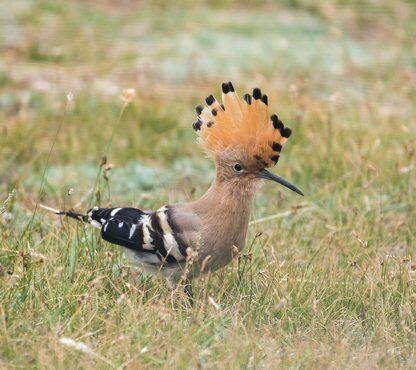
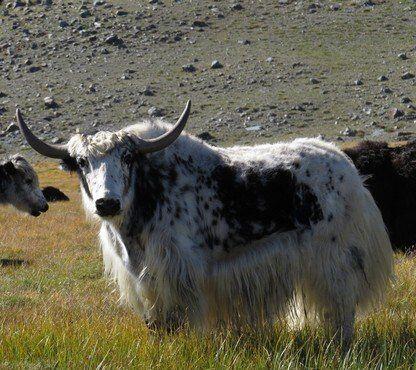
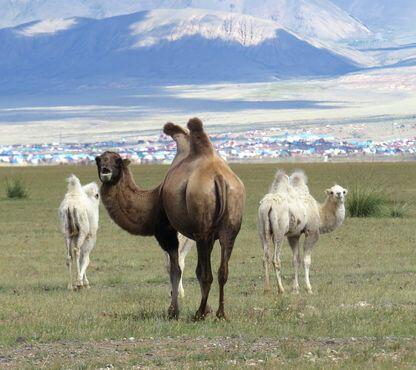
Climate
Due to the influence of the great Asiatic anticyclone, Siberian Altai has a continental climate.

It means vast contrasts between warm and rainy summers (June–August) and long cold winters (November–March) with little snow in the valleys and frequent temperature inversions with lots of snow high in the mountains.In general, the republic’s climate of the South-East is harsher than the climate of lower northern areas.
July temperature range: +11 °C to +30 °C.
Tourism
Variety of landscapes and climate of the Altai region makes it possible to do almost all kinds of outdoor sports: trekking, backpacking, pass hopping, climbing, light river rafting, kayaking and mountaineering. Different kinds of tours are organized every summer. Adventure, jeep, horse, rafting – or any combination of these are available for you.
The Altai mountains are situated in Russia, Mongolia, Kazakhstan and a small part
We offer you tours to Russian Altai, which is located in 2 regions: the Altai Republic and Altai

The Altai Republic
The Altai Republic is a federal subject of the Russian Federation. The capital is the town called Gorno-Altaysk. The area of the republic is 92,600 square kilometers. But the population is only 206,168 people.
Altai mountains and glaciers
All the territory of the Republic is located within the mountainous system. The mountains’ altitude varies from 350 to 4500 meters. The real beauty of the region is the Mount Belukha, the highest peak of Siberia (4506 m). It is actually 1000 m higher than the surrounding mountain ridges.
There are 3 big ridges which are 3000 – 4000 m high. Their peaks are covered with snow and ice all year long. At
The Altai Mountains are relatively young. So periodic seismic activity is notable here.

Rivers and lakes
The largest rivers are the Katun and the Biya. The Ob River, one of the greatest and longest rivers in Siberia, is formed by the confluence of the Katun and Biya.
One of the most beautiful lakes is Teletskoye Lake. It is the largest in the Altai Republic, 80 km long and 5 km wide with a maximum depth of 325 meters. The mountain lakes of the territory keep enormous reserves of the purest fresh water.

Plants and animals
The flora of the Altai region comprises of more than 2000 species with a great number of relict and endemic plants. The richness of the endemic species exists due to the variety of landscape which have formed isolated areals.
Several distinct vegetation zones can be discerned in the Siberian Altai: 800-1500 meters – a belt of mountainous steppes, 1200-2400 meters – mountainous taiga, 2500-3000 meters Alpine lands, higher – subnival and nival zones.
Many rare and threatened animals live in the region including the elusive snow leopard, the ibex and the argali (a mountain sheep), lynx, and the Pallas’s cat. The Russian Altai is also a habitat for over 300 species of birds including the tawny and imperial eagle, black eared kite, falcon, demoiselle crane and saker falcon.



Climate
Due to the influence of the great Asiatic anticyclone, Siberian Altai has a continental climate.
It
July temperature range: +11 °C to +30 °C.

Tourism
Variety of landscapes and climate of the Altai region makes it possible to do almost all kinds of outdoor sports: trekking, backpacking, pass hopping, climbing, light river rafting, kayaking
Kaichi Travel
Adventure travel, nature tours to Altai – one of the most beautiful places in Siberia.
© 2023 by Kaichi Travel
Info
Our tours
Contacts
tel.: +7 983 103 88 55
e-mail: [email protected]

